Hydroxypropyl Methyl Cellulose (HPMC) has become a cornerstone in modern construction, offering superior performance as a tile adhesive chemical and plaster additive. This article explores the features, advantages, technical specifications, application scenarios, and company background of HPMC, providing a comprehensive overview of its role in the construction industry. Whether you're a professional contractor or a DIY enthusiast, understanding the value of HPMC can significantly enhance your projects.
What is Hydroxypropyl Methyl Cellulose (HPMC)?
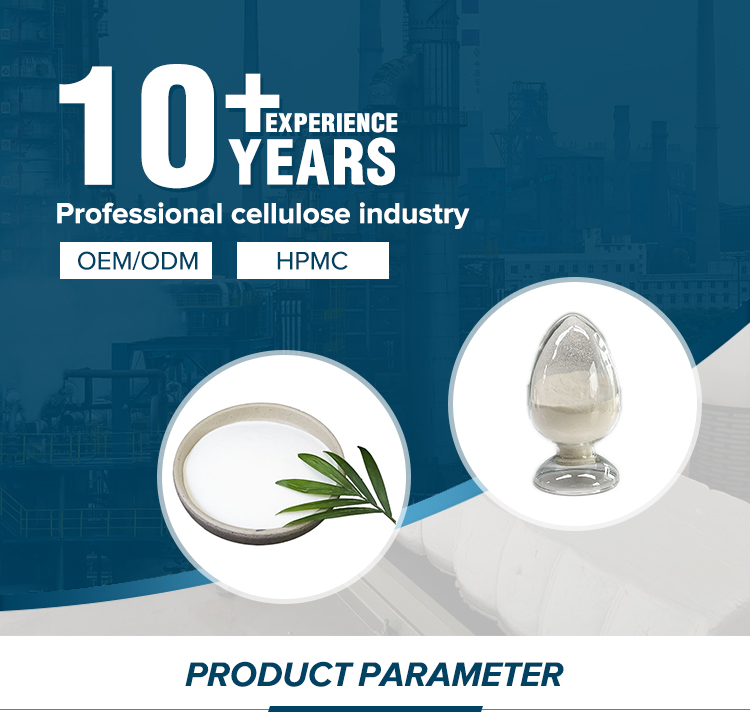 Hydroxypropyl Methyl Cellulose, commonly referred to as HPMC, is a cellulose ether derived from high-purity cotton fibers. It undergoes etherification under alkaline conditions to create a versatile chemical additive. HPMC is renowned for its thickening ability, salt resistance, and water retention, making it an essential component in construction materials. Its PH stability and dimensional stability ensure long-term performance in diverse environments.
Hydroxypropyl Methyl Cellulose, commonly referred to as HPMC, is a cellulose ether derived from high-purity cotton fibers. It undergoes etherification under alkaline conditions to create a versatile chemical additive. HPMC is renowned for its thickening ability, salt resistance, and water retention, making it an essential component in construction materials. Its PH stability and dimensional stability ensure long-term performance in diverse environments.
HPMC is available in white or milky white powder form, with a carbonization temperature ranging from 280-300°C and a color temperature of 190-200°C. Its particle size is finely controlled, with 100 mesh pass rates exceeding 98.8% and 80 mesh pass rates at 99.9%. This precision ensures uniform dispersion in mixtures, enhancing the workability and adhesion of construction materials.
Key Features of HPMC
HPMC offers a unique combination of properties that make it indispensable in construction. Here are its core features:
- Water Retention: HPMC improves the hydration of cementitious materials, preventing premature drying and ensuring optimal curing.
- Thickening Ability: It enhances the viscosity of mortars and pastes, improving coating properties and film formation.
- Salt Resistance: HPMC maintains stability in the presence of alkaline and saline environments, making it suitable for coastal or industrial settings.
- Adhesion and Dispersibility: It strengthens the bond between substrates and coatings, reducing the risk of cracking or delamination.
- Dimensional Stability: HPMC minimizes shrinkage during drying, preserving the integrity of structures.
Advantages of Using HPMC in Construction
HPMC’s versatility and performance benefits make it a preferred choice for construction professionals. Here’s why:
- Enhanced Workability: The aqueous solution of HPMC provides a smooth, stable texture, making it easier to apply and spread.
- Improved Adhesion: HPMC’s film-forming properties ensure strong bonding between tiles and substrates, even in challenging conditions.
- Cost-Effective: By reducing material waste and rework, HPMC contributes to long-term cost savings.
- Environmental Benefits: As a biodegradable and non-toxic additive, HPMC aligns with sustainable construction practices.
- Wide Application Range: From ceramic tiles to refractory coatings, HPMC adapts to various construction needs.
Technical Specifications Table
| Parameter | Specification |
|---|---|
| Appearance | Milky white or white powder |
| Carbonization Temperature | 280-300°C |
| Color Temperature | 190-200°C |
| Particle Size | 100 mesh >98.8%, 80 mesh 99.9% |
| Apparent Density | 0.25-0.70 g/cm³ |
| Specific Gravity | 1.26-1.31 |
| Solubility | Water and certain solvents (e.g., ethanol/water, propanol/water) |
Application Scenarios in the Construction Industry
HPMC’s adaptability makes it ideal for a wide range of construction applications. Below are some key scenarios:
1. Cement Mortar
HPMC enhances the workability and water retention of cement mortar, ensuring even distribution and reducing cracking. Its salt resistance is particularly valuable in marine environments.
2. Ceramic Tile Cement
As a tile adhesive, HPMC improves the bond strength between tiles and substrates. It also prevents slump during installation, ensuring a level surface.
3. Refractory Coatings
HPMC acts as a suspension agent and fluidity improver in asbestos-free refractory coatings. It enhances adhesion to substrates and improves thermal stability.
4. Gypsum Coagulant Slurry
HPMC boosts the water retention and workability of gypsum slurry, ensuring smooth application and strong adhesion to surfaces.
5. Joint Cement
When added to gypsum board joint cement, HPMC improves fluidity and water retention, reducing the risk of cracking and delamination.

Company Background: Shijiazhuang Gaocheng District Yongfeng Cellulose Co., Ltd.
Founded in [insert year], Shijiazhuang Gaocheng District Yongfeng Cellulose Co., Ltd. (Yongfeng Cellulose) is a leading manufacturer of cellulose derivatives and chemical additives. The company specializes in producing Hydroxypropyl Methyl Cellulose (HPMC), with a focus on quality, innovation, and sustainability.
Yongfeng Cellulose’s products are widely used in construction, pharmaceuticals, and food industries. Their state-of-the-art production facilities and strict quality control ensure compliance with international standards. The company’s commitment to R&D has led to the development of specialized HPMC formulations tailored for diverse applications.
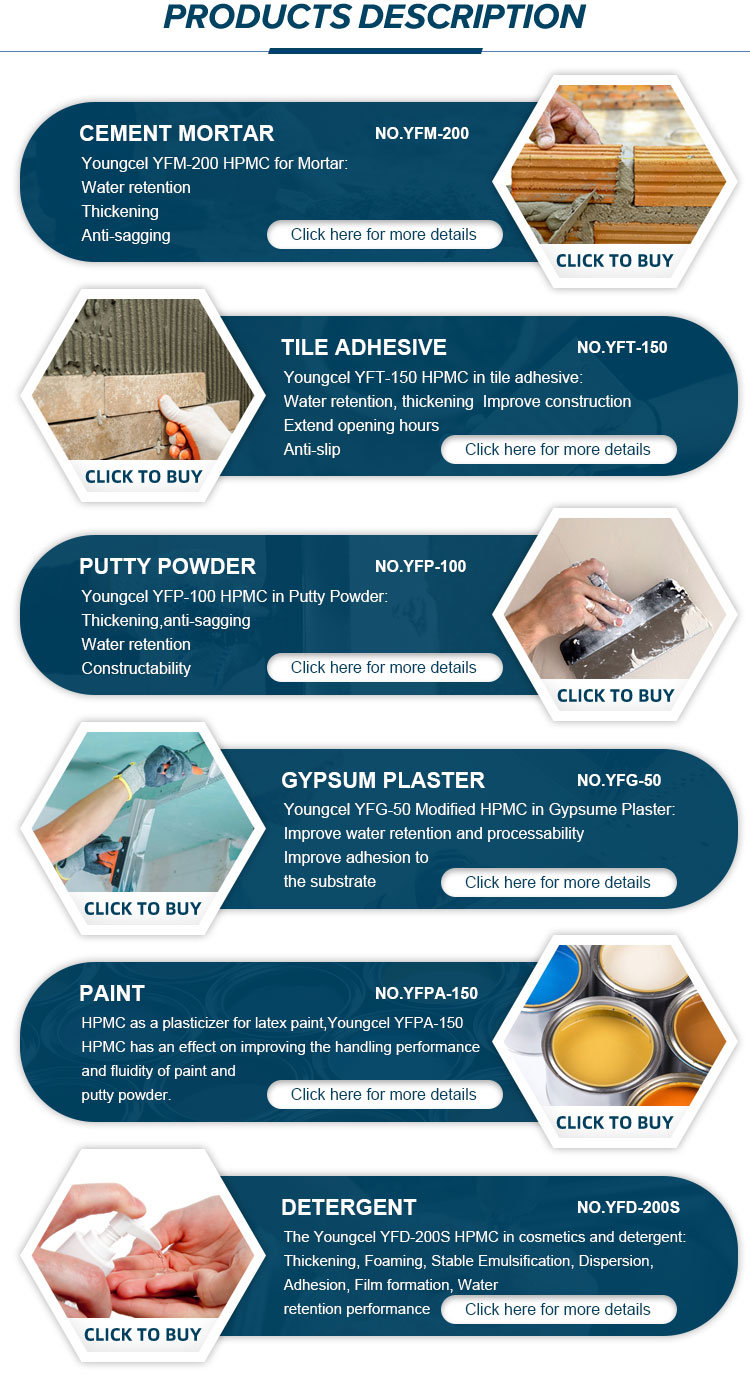
Why Choose Yongfeng Cellulose’s HPMC?
Yongfeng Cellulose’s HPMC stands out due to its superior performance and customer-centric approach. Key reasons to choose their product include:
- High Purity: 99% purity ensures consistent quality and reliable performance.
- Customization: The company offers specialized specifications (e.g., 40-60 mesh particle size) to meet specific project needs.
- Global Reach: With a net weight of 25kg per pack, Yongfeng’s HPMC is easily transportable and scalable for large-scale projects.
- Compliance: The product adheres to CAS No. 9004-65-3 and meets international safety standards.

Environmental and Safety Considerations
HPMC is non-toxic and biodegradable, making it an eco-friendly alternative to synthetic additives. Its low ash content and PH stability ensure minimal environmental impact during production and use. For more details on safety data, visit the [Yongfeng Cellulose website](https://www.youngcel.com/hpmc/).
Conclusion
Hydroxypropyl Methyl Cellulose (HPMC) is a game-changer in the construction industry, offering unmatched performance, versatility, and sustainability. Whether used in tile adhesives, refractory coatings, or gypsum slurry, HPMC enhances the durability and aesthetics of structures. With Yongfeng Cellulose as a trusted supplier, professionals can rely on high-quality HPMC to meet their construction needs.
For more information, explore the [Yongfeng Cellulose product page](https://www.youngcel.com/tile-adhesive-chemical-hydroxypropyl-methyl-cellulose-for-plaster-additives-hpmc.html) or contact their team for technical support and customized solutions.
References
1. National Institute of Standards and Technology (NIST). (n.d.). Construction Materials and Standards. Retrieved from
2. NIST. (2025). Chemical Properties of Cellulose Derivatives. Retrieved from
3. NIST. (2025). Sustainable Construction Practices. Retrieved from

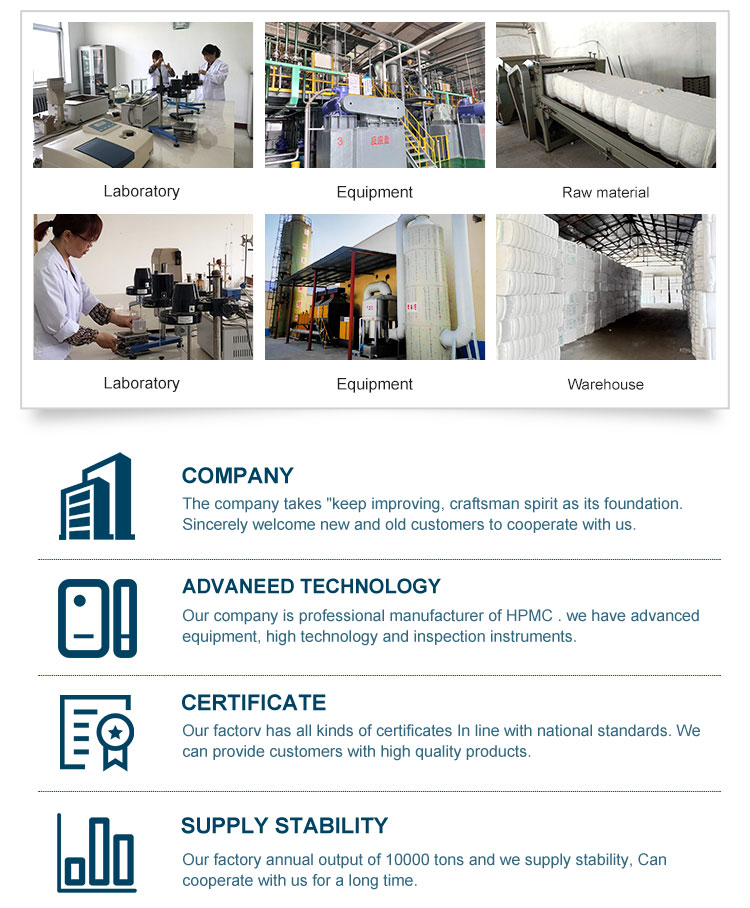
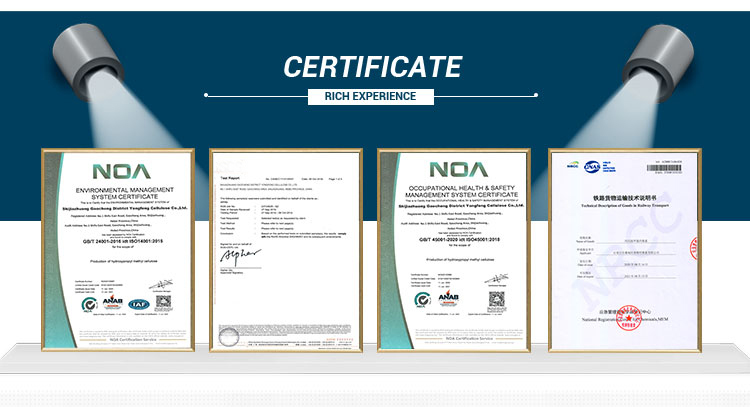
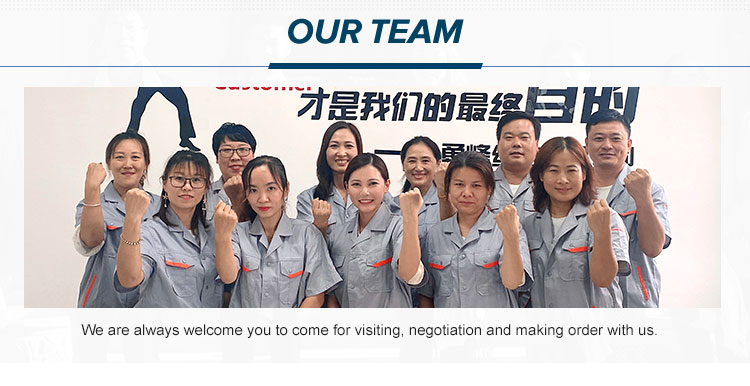
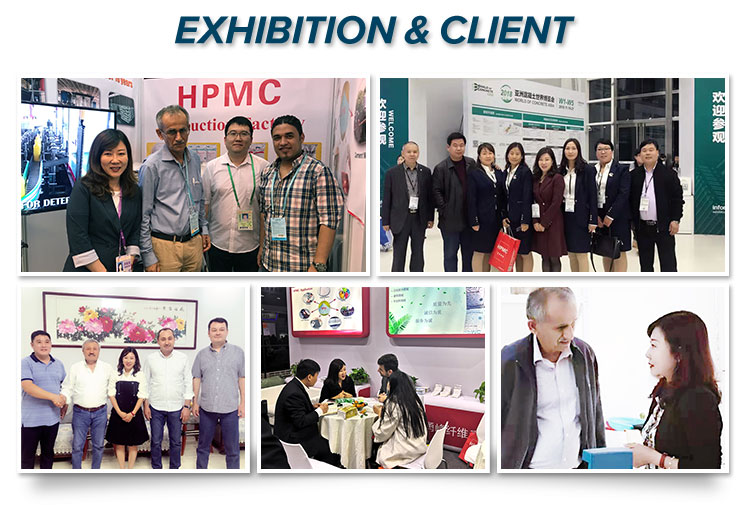
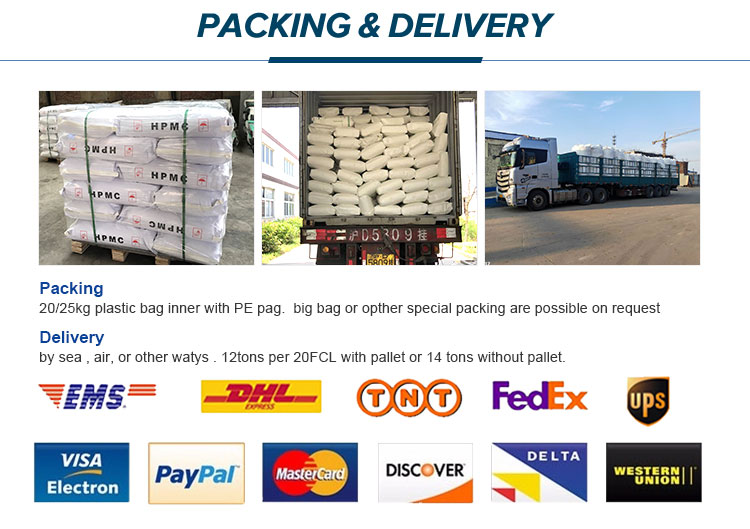
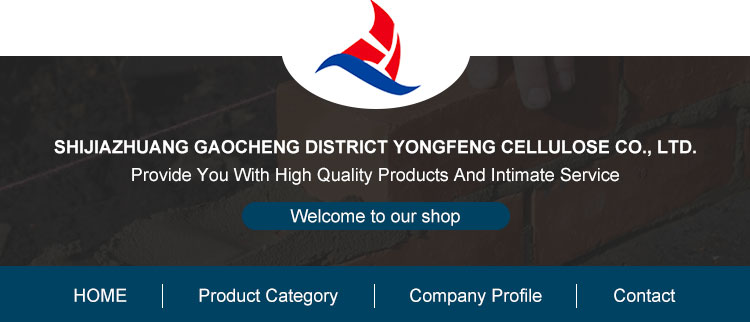
-
Hydroxyethyl Methyl Cellulose HEMC: Industrial Uses, Benefits & Future TrendsNewsNov.23,2025
-
HEMC Cellulose: Versatile & Sustainable Industrial Polymer | YoungcelNewsNov.23,2025
-
Methyl Hydroxyethyl Cellulose: Versatile Building Block for Industry & SustainabilityNewsNov.23,2025
-
CAS 9032 42 2: Understanding Polyvinyl Alcohol's Impact on Industry & SustainabilityNewsNov.22,2025
-
Hydroxyethyl Methyl Cellulose: Versatile Solutions for Modern Industry and SustainabilityNewsNov.22,2025
-
Your Guide to PVA Manufacturer: Quality, Applications & Future TrendsNewsNov.21,2025




